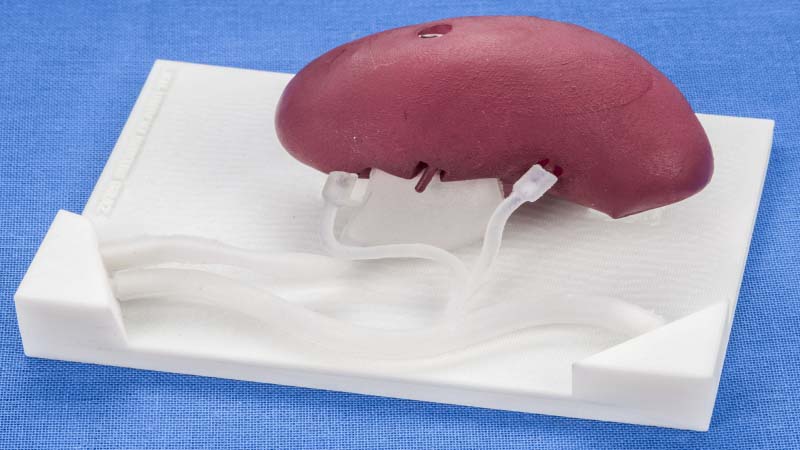
A team of researchers in tissue engineering, 3D biofabrication, biomaterials design and stem cell differentiation at Harvard’s Wyss Institute is working on 3D Printing a Functioning Kidney Subunit with current work to build branched vascular network unique to each organ. Using advanced 3D Bioprinting from Wyss Institute, Dr. Jennifer Lewis’s organ-on-chips are ready, using special polymer inks for creation of structures made up of human cells, complete with vasculatures and extracellular matrices.